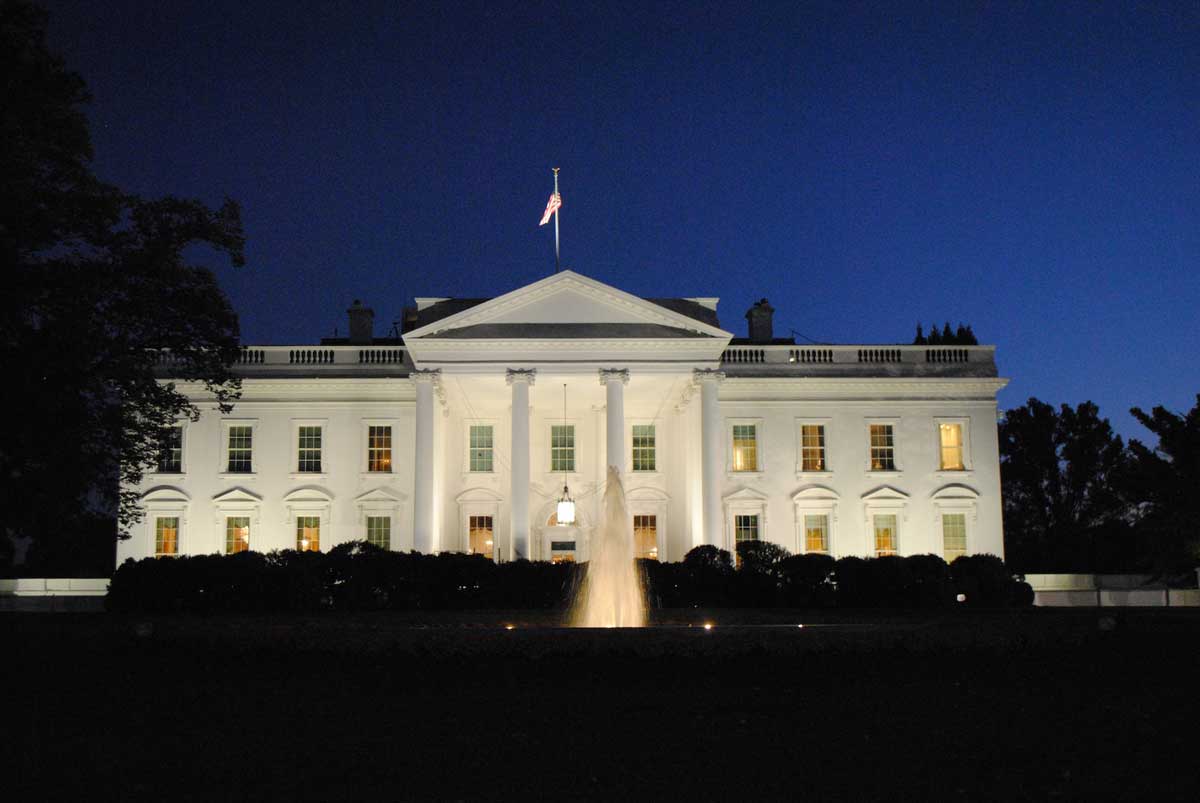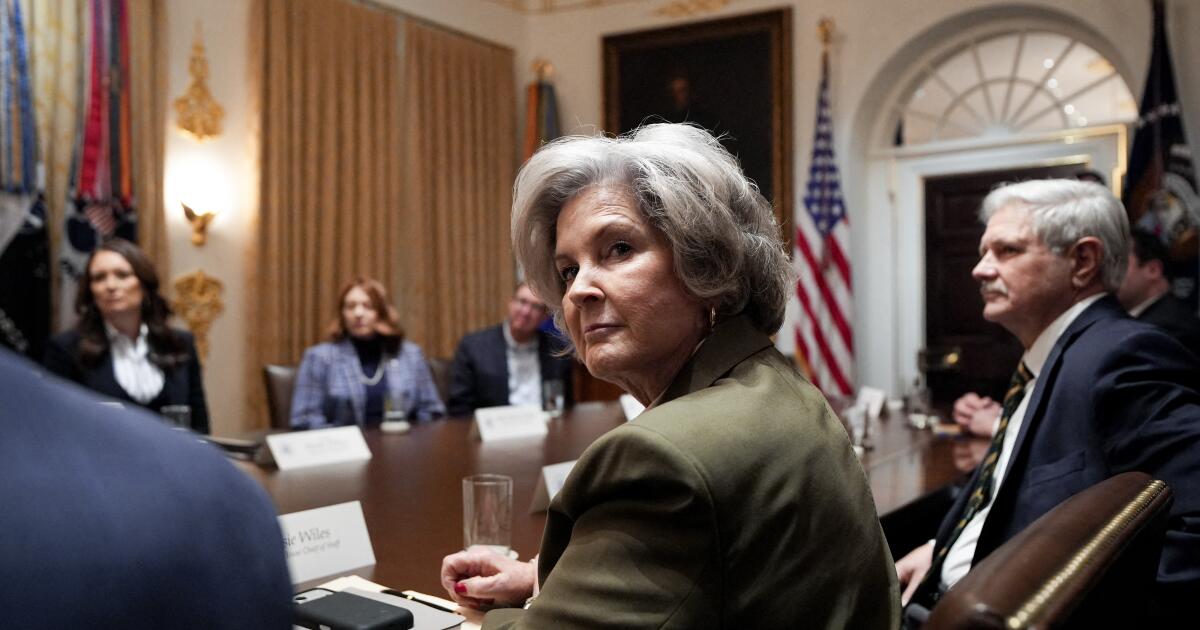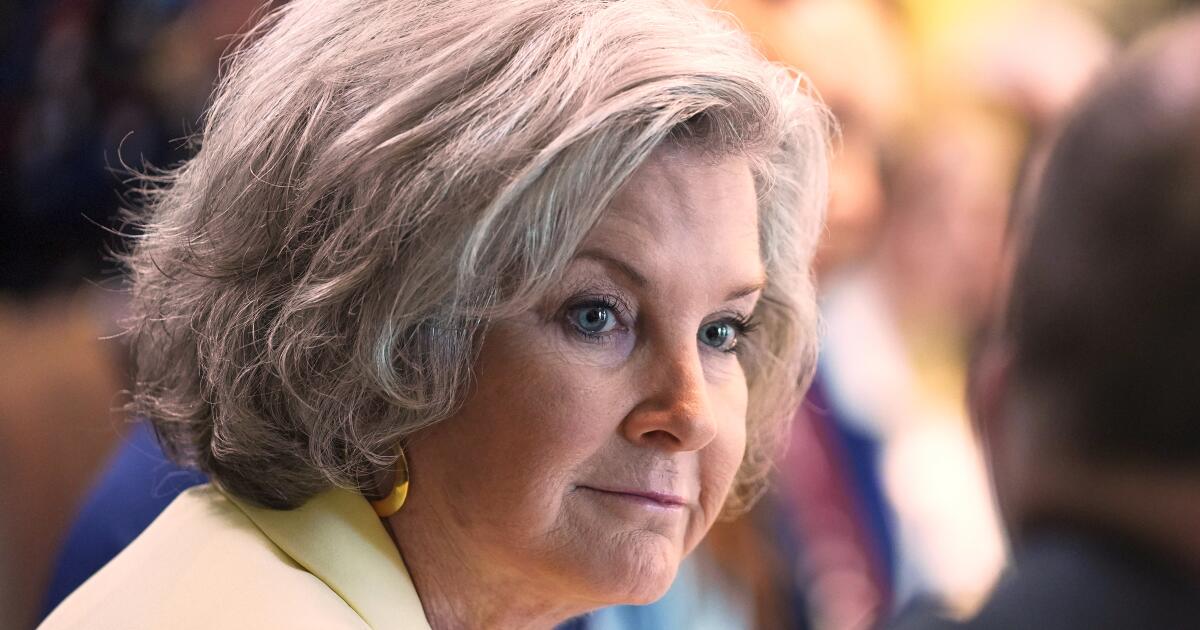I visited the UK island that’s the real life Neverland with no cars and white sand beaches
PLODDING down the steep cobbled ramp, I was already starting to believe that I was stepping into a fairytale.
The boat, bobbing on the water, was the start of my journey to another world.


And, as I drew closer to my destination — a small, mist-shrouded island that was the inspiration for Neverland in JM Barrie’s Peter Pan stories — the storybook setting felt even more real.
Eilean Shona is a rugged tidal island in Scotland’s Inner Hebrides.
“Hidden gem” is an apt description of the place, with visitors having to drive down a long and winding road on the mainland before they even reach the boat taxi that will ferry them to the island.
Boats aren’t on a regular schedule either — the island, and its manor house, Eilean Shona House, is privately owned by Sir Richard Branson’s sister Vanessa, who transformed the destination into a luxury eco-friendly retreat in the 1990s.
I really did feel like Wendy when I spotted Neverland for the first time, hidden beneath the clouds.
Just like JM Barrie’s mythical land, the island is covered in thick green woodland.
But this is far from your typical island retreat. Don’t expect speedy wifi, shops and roads, because Eilean Shona is completely car-free, has no shops and only nine people live here.
Instead, you can expect whimsical walks, white sand beaches and a cosy Scottish atmosphere.
The best way to get your bearings is with a refreshing walk to the summit of the island, 265 metres above sea level, which boasts spectacular views over Loch Moidart and the small isles of Rum and Eigg, as well as the Isle of Skye.
You can reward your hiking efforts with a slurp of vodka, because while whisky is the spirit more typically associated with Scotland, this island is where the premium spirits brand Sapling began.
Sat on a bench near the water’s edge in 2018, the brand’s founders, Ed Faulkner and Ivo Devereux, came up with the idea for a climate-positive spirit.
Sapling vodka and gin was formed — spirits that didn’t mess with the environment. In fact the firm gives back to it, by planting a tree each time a bottle is sold.
It was the perfect tipple to accompany me as I sat back and took in the calm of the starlit sky overhead, after retreating back to the manor house where I was staying.
Roaring fireplaces
There are a number of smaller cabins and cottages for those who are travelling solo or in a smaller group, but the manor house offers a more grand experience.
It’s a bit like a miniature version of The Traitors castle, with roaring fireplaces, ornate bathtubs, high ceilings and a grand staircase.
The 19th-century property was originally owned by Captain Swinburne, a Royal Navy seafarer, and it started out as a hunting lodge.
Swinburne went on to develop a great love for the pine trees that he saw on his travels and ended up transforming the landscape of Eilean Shona into one of the most diverse pine collections in Europe.
However these spectacular trees are only part of what makes the island’s surrounding so breathtaking.
My mornings consisted of refreshing plunges off the manor’s pontoon into chilly water, followed by dashes into the sauna afterwards.
You can follow it up with a hike or kayaking, or head to the other end of the island to see a gorgeous beach, which is like nowhere else in the UK, where soft, sugar-like sand meets serenely calm waters.
Eilean Shona House is the island’s main accommodation, sleeping up to 18 people, with a dining room that can host up to 20.
There is a library as well, with a full-sized billiards table, dartboard and a large collection of board games, while in the drawing room sits a grand piano, a cosy seated alcove and views of the loch.
The house can be booked either self-catering or fully catered, with a minimum stay of three nights.
Other options include the Shepherd’s Cottage, which sleeps two people, and the Old Schoolhouse, which sleeps four.
On Eilean Shona I could exchange the real world for Captain Hook’s imaginary version — and for a short time, I didn’t need to worry about growing up.
GO: Eilean Shona
GETTING THERE: The closest airport is Inverness, which is around three hours from the island.
Flights cost from £23.99 each way from London Gatwick. See easyjet.com.
Or the Caledonian Sleeper from London Euston Station costs from £59 each way, then it is just over an hour’s drive to Eilean Shona.
See sleeper.scot.
STAYING THERE: Accommodation on the island costs from £143 per night. See eileanshona.com.




















